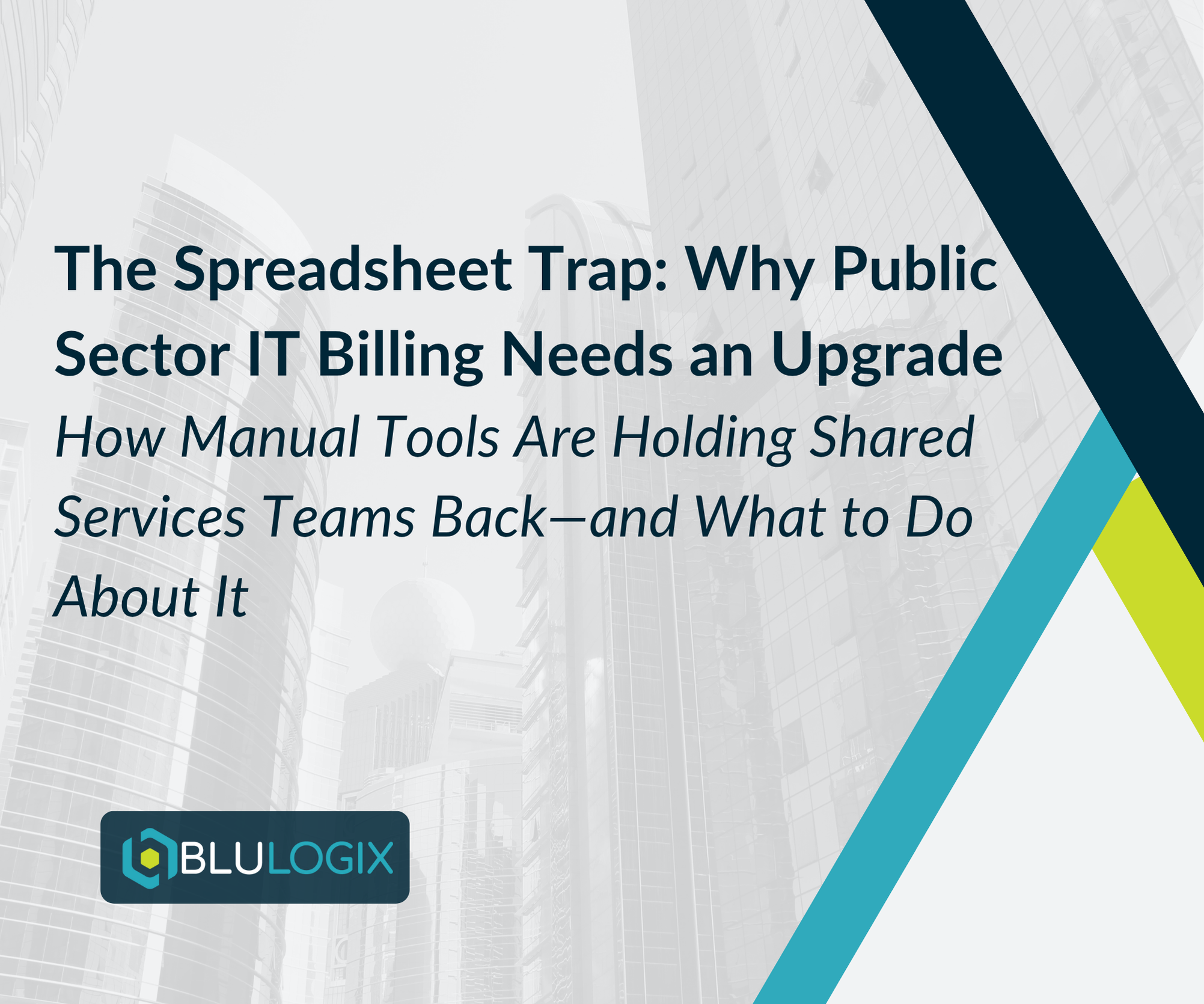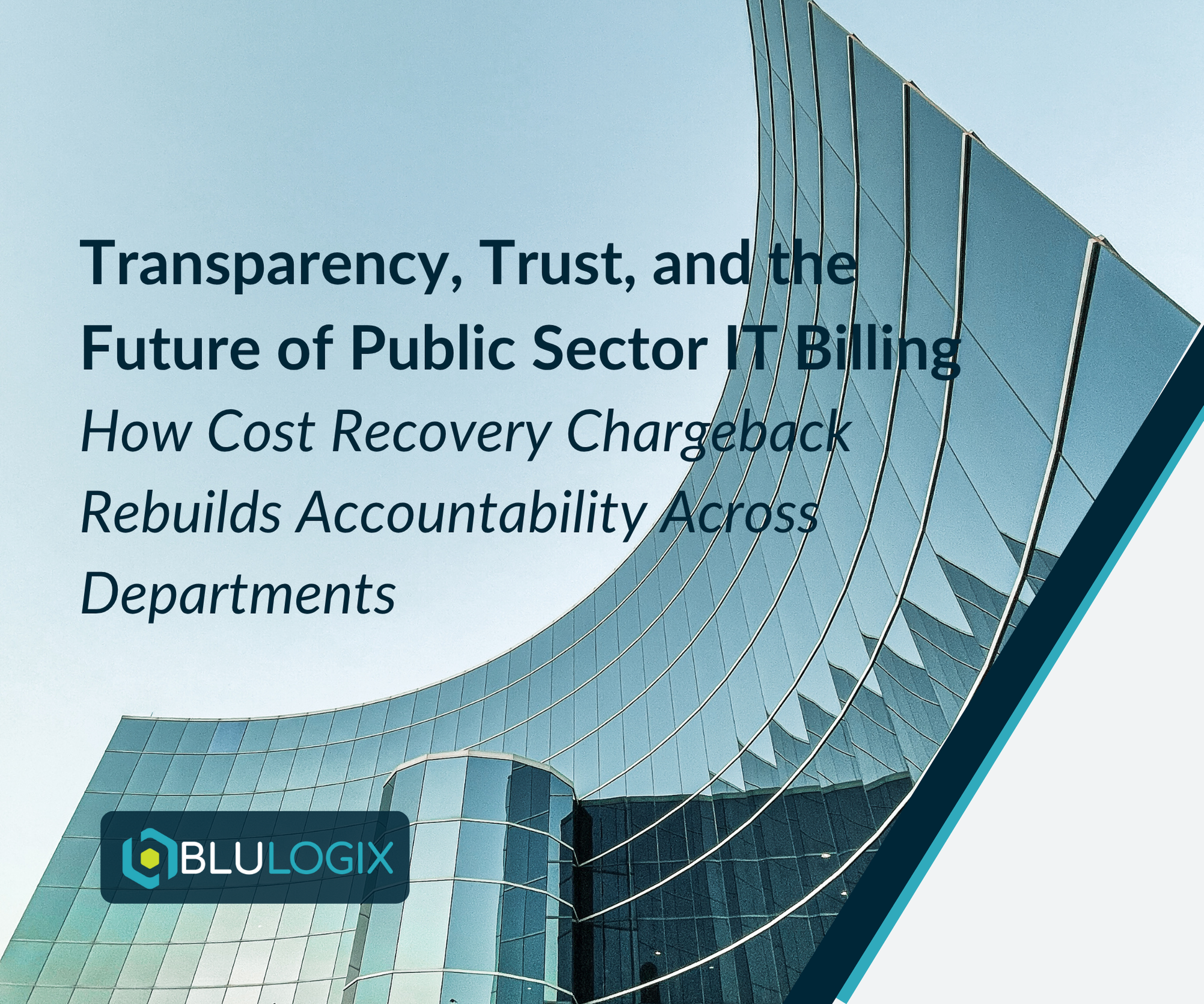What is Subscription Billing?
Before software developers such as Microsoft or media aggregators such as Netflix leveraged the subscription billing model, most people thought of newspapers and magazines when the term “subscription billing” came to mind. And even with a mass adoption of subscription billing by the world’s most innovative companies, some still aren’t clear on how subscription billing can transform any business into the future of revenue recognition.
See How BluIQ Makes Subscription Billing Easy
In today’s digital world, where internet access is ubiquitous and the costs of data collection and storage is increasingly affordable, the subscription economy is able to thrive and expand beyond the use cases many traditionally think of. In addition to an abundance of devices with internet touch points and efficient data storage, the speed of technology lays the groundwork for subscription-based billing. People no longer want to pay upfront for products or services that may become outdated. They want on-demand service, improving infrastructures, fresh content, or the latest software update.
For these reasons, companies across every industry are pivoting to subscription, consumption or usage-based billing. In this article, we’ll focus on the first of those offerings: subscription billing and why businesses are finding major advantages in it.
What is subscription billing?
Subscription billing is a business model in which an enterprise requires customers to pay a recurring fee at a fixed schedule for access to a product or service. Contrast this with more traditional transactions such as paying hundreds of dollars for a software license upfront and then having to make the decision again when a new version is published.
The recurring fee is charged at set intervals, usually monthly, quarterly or yearly. This arrangement provides businesses with recurring revenue that they can consistently count on. In many cases, subscription billing customers will enroll in autopay, further ensuring recurring revenue.
B2B or B2C? Both.
Subscription billing can be utilized in business-to-business relationships as well as business-to-consumer relationships. Consider Adobe Inc., the multinational computer software development firm behind Photoshop, Premier Pro, After Effects and many more creative industry standards.
Adobe offers subscriptions to their Creative Cloud Suite, which contains a multitude of powerful applications, at the individual level ($52.99/month) and the student level ($19.99/month). But they also offer the suite to businesses ($79.99 per month per license) and universities. Adobe no longer needs to have a big marketing reveal of their latest software to drive purchases–they simply update apps through the cloud and subscribers reap the benefits without paying for something new and unproven.
Software developers used to charge customers hundreds of dollars in upfront costs for product licenses. This practice could create a high barrier to entry for prospective individuals who might be uneasy about investing in a product they are not yet familiar with, limiting the prospect pool to businesses with prior experience and the funds to invest in enterprise software. By shifting to a subscription model, developers offered their consumers and growing enterprises flexibility and decreased risk, in turn growing their audience. Some even offer free trials before requiring a subscription to alleviate risk entirely.
In the B2C scenario, subscription billing often sets a recurring fixed rate for a defined set of features. Tiered pricing expands the set of features accordingly. B2B subscription billing also utilizes tiered pricing and fixed rates, but will often set the rate per user, seat or license, or set usage-based payment structures. If you want to learn more about subscription pricing strategies, check out our article B2B Subscription Billing & Pricing Strategies.
Which industries are best-suited for subscription billing?
There is no shortage of companies across various industries turning to subscription billing. At BluLogix, we specialize in the following sectors: Software-as-a-Service, UCaaS & Telecom, Internet of Things (IoT), and Cloud Services, as well as companies looking to optimize their channel partnerships. Our origins in telecom have provided us the experience required to transform businesses processes in these sectors.
Why should organizations care about subscription billing?
In her 2015 book The Membership Economy, Robbie Kellman Baxter lays out three powerful reasons that subscription economies matter to organizations:
- It creates recurring revenue and removes lumpiness. Most businesses have to deal with seasonality–some more than others. Having monthly subscription revenue can smooth out the peaks and valleys in annual sales.
- It builds a more direct relationship that strengthens the brand, by putting customers at the organization’s center. An organization that has a strong, positive relationship with its members is able to use that loyalty to grow as members recommend the enterprise to others and to resist competitive threats.
- It generates an ongoing data stream that can be used to improve services and identify opportunities to increase satisfaction. The more the organization understands its customers’ needs, wants, behaviors, and attitudes–that is, much more than their raw demographics–the better it can serve those needs.
Recurring Revenue
As previously alluded to, subscription models nearly guarantee recurring revenue. Instead of having to project spikes and dips in revenue as a result of seasonal changes or product upgrades, companies can rely on regular intervals of revenue realization.
A side effect is that it alleviates the cyclic nature of product or service development. Rather than roll out big reveals with marketing and R&D expenses that can change from year-to-year, organizations can focus on constant development and innovation while having the security of regular revenue.
Customer Relationships: Loyalty & Retention
In a subscription billing model, businesses can more appropriately distribute their valuation of current customers versus prospective customers. Rather than pouring an overwhelming amount of time, energy and capital into new customer acquisition, the focus increasingly shifts to customer retention. That’s not to say that new customers are not critical–both acquisition and retention are crucial to growth and sustainability. But there is less friction in retaining and nurturing a customer who is already satisfied with a product or service than there is in converting a prospect. In addition, more and more prospective consumers are actively seeking subscription bundles, satisfying appeals to acquisition.
In a Harvard Business Review article by Frederick Reichheld titled The One Number You Need to Grow, Reiccheld finds that it is five times more costly to acquire a new customer than it is to retain a current customer. Another study by FiveStars found compelling evidence for retaining loyal customers. An article by MarketingProfs summarizes these findings:
FiveStars performed an analysis of 14 million store visits from more than 1 million customers, as well as the results of loyalty programs from over 2,000 businesses. The study found that loyal customers (those who visited stores at least 10 times) account for about 20% of the company’s customers. Businesses, however, shouldn’t scoff at the deceptively low percentage. That 20% drives 80% of your business’s total revenue and 72% of total visits to your business. According to FiveStars, “depending on the vertical, loyal customers can account for up to 84% of total visits.” Best of all, loyal customers spend 10 times more than new ones.
While the FiveStars research focuses on brick-and-mortar stores without subscription billing, the lesson remains for any business providing a product or service: it is your loyal customers that generate the most revenue. With a subscription model, a business can convert all of their customers (whether individuals or large organizations) into loyalty members who routinely return for access to a product or service, starting at day one. Once they are on board, you make the decision of retaining the service much easier than shelling out a large sum when a license expires.
Consistent Data for Consistent Improvements
Subscription billing generates data streams that would otherwise be unavailable to businesses. For example, subscription bundles often give insight into which features of an application users value the most. In the Cloud Computing space, subscriptions and consumption models provide information on data usage that can be broken down by industry, cluing in on future trends.
Having regularly available data about the user experience, enabled by the subscription infrastructure, allows for improvement of products and services in an extremely accurate and timely manner. The end result is more satisfied users, who feel their attitudes and preferences are being catered to.
Monetization: More Than Billing
Subscription billing is one way to advance a company into the future of business. However, it is just the tip of the iceberg. At BluLogix, we view the transition to subscription billing as just one step in the transformation to a fully monetized business. To take full advantage of a changing digital landscape, as-a-Service providers need the infrastructure to capture operational data (services, activation, provisioning), manage channel partners, process complex data staging & mediation, expedite tax calculation, and more. Only then can a revenue stream be monetized to its fullest potential.
BluLogix specializes in creating the infrastructure for as-a-Service offerings at the enterprise level. Our flagship product, BluIQ™, is designed to not only enable subscription, consumption or usage-based billing, but to enable seamless and encompassing digital transformation. To learn more about the difference between billing and monetization, view our post comparing the two and download our white paper on the 10 impacts of embracing monetization.
See How BluIQ Makes Subscription Billing Easy
Monetization: More Than Billing
Subscription billing is one way to advance a company into the future of business. However, it is just the tip of the iceberg. At BluLogix, we view the transition to subscription billing as just one step in the transformation to a fully monetized business. To take full advantage of a changing digital landscape, as-a-Service providers need the infrastructure to capture operational data (services, activation, provisioning), manage channel partners, process complex data staging & mediation, expedite tax calculation, and more. Only then can a revenue stream be monetized to its fullest potential.
BluLogix specializes in creating the infrastructure for as-a-Service offerings at the enterprise level. Our flagship product, BluIQ™, is designed to not only enable subscription, consumption or usage-based billing, but to enable seamless and encompassing digital transformation. To learn more about the difference between billing and monetization, view our post comparing the two and download our white paper on the 10 impacts of embracing monetization.
Learn more

The Spreadsheet Trap: Why Public Sector IT Billing Needs an Upgrade

How Cost Recovery Chargeback Rebuilds Trust in Public Sector IT


